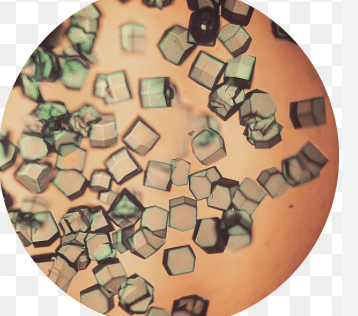


New Delhi: Scientists from the Institute of Advanced Study in Science and Technology (IASST) in Guwahati have successfully fabricated lysozyme bilayers on hydrophilic and hydrophobic silicon surfaces at room temperature. This breakthrough mimics the natural protein adsorption process found in living organisms, offering valuable insights into ion-mediated protein interactions on implants and biomaterials, a PIB press release stated.
Lysozyme, a well-studied model protein present in human tears, sweat, milk, and saliva, contains four disulfide bonds. Ions, on the other hand, play a crucial role in various biological processes, including regulating electrochemical potential, fluid-electrolyte balance, and muscle contraction. When implants are introduced into the body, ion-mediated protein-surface interactions inevitably occur.
The lysozyme bilayer structure comprised a bottom layer of lysozyme molecules oriented side-on and an upper layer with molecules tilted or side-on. The team elucidated the mechanism behind the stabilization of these bilayers on the silicon surface, attributing it to modified hydrogen bonding, hydrophobic interactions, and electrostatic interactions within the ionic atmosphere.
The study revealed that lysozyme-lysozyme interactions compete with lysozyme-surface interactions, leading to protein adsorption in its native globular form on the hydrophilic surface and a slightly elongated structure on the hydrophobic surface. Notably, a higher contact angle was observed with a greater number of lysozyme molecules in the bilayer film.
This research, published in the New Journal of Chemistry by the Royal Society of Chemistry, holds great significance for mimicking biological protein adsorption processes on implanted devices and biomaterials. The stabilization of lysozyme bilayers at room temperature offers a promising approach for understanding and potentially controlling these processes in real-world applications.



